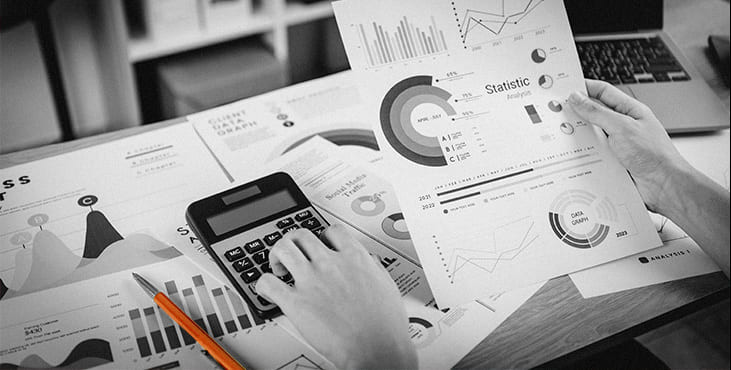
Google Ads conversion tracking methods
We tell you why you need to track conversions and how to do it. There are only three ways, and we recommend using one of them.
Conversion tracking lets you know what actions the audience takes on the site after interacting with the ad. It helps:
1. Evaluate the effectiveness of advertising
You will find out which key phrases, ads, campaigns motivate the audience to take the most valuable actions for the business. This will help you evaluate your ROI and decide how to allocate your advertising budget.
2. Use smart bidding strategies to automatically optimize campaigns
Smart bidding strategies include:
- Maximize Conversions;
- Maximum Conversion Value;
- Target CPA;
- Targeted return on advertising investment.
The algorithms of these strategies rely on data on the behavior of a huge number of users. The system predicts when a conversion is most likely to occur and lowers or raises bids based on that.
3. Track the user's path to conversion across devices
You will be able to track statistics on conversions of users who clicked on an ad in one browser or on one device, and made a conversion on another. This statistic is displayed in Google Ads reports in the All Conversions column.
Three ways to track conversions
1. Google Ads
The method allows advertisers to receive data on conversion actions performed by site visitors after clicking on Google ads.
Each action is transmitted to your Google Ads account within 3 hours. The system captures, among other things, those conversion actions that were not performed immediately after interacting with a Google ad.
For example, if a user went to the site from Google ads, then went to Facebook and then performed a conversion action, then the conversion will be attributed to Google Ads. Non-Google Ads referrals from other sources are not tracked.
2. Google Analytics
Allows you to receive detailed reports on the behavior of site visitors. For example, using these reports, you can get data about:
- conversion actions from different channels,
- visitor demographics,
- time spent on the site, etc.
If you choose this tracking method, you may get less data to optimize your campaigns. This is due to the fact that only those conversion actions that are attributed to Google Ads by the last indirect click will get into the Google Ads account. Other conversions are not transferred to Google Ads.
For example, if a user went to the site from a Google ad, then went to Facebook, and only after that did a conversion action, then the conversion will be attributed to Facebook. This conversion will not be included in Google Ads, so it will not be possible to use it for ad optimization.
Also, conversion actions from Google Analytics are transferred to Google Ads longer within 12 hours.
But with this type of tracking, you can get more information about site visitors. This is useful for setting up campaigns for an audience that has already been on the site, i.e. for remarketing.
3. Google Ads and Google Analytics
We recommend this method. In this case, the conversions received using the Google Ads tag can be used to optimize campaigns, and the data received from Google Analytics can be used to set up remarketing and more detailed analysis of events on the site.
If you choose this method, disable the import of conversion data from Google Analytics to Google Ads so that data is not duplicated in Google Ads.
https://dunlimited.sg/google-advertising">Get a website traffic audit as a bonus
Tell us what you think
By clicking 'Submit', you agree to Privacy Policy and authorise our staff to contact you. You are liable under the Personal Data Protection Act if you key in false personal data or other people’s personal data.
offers and news
